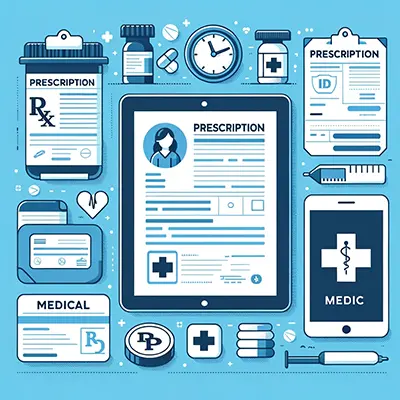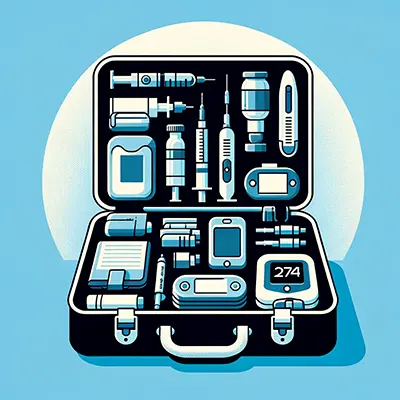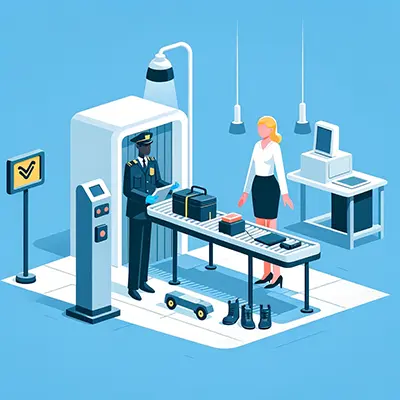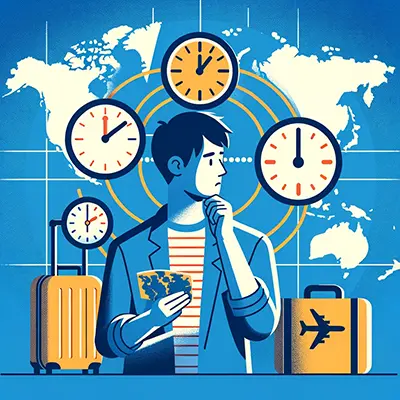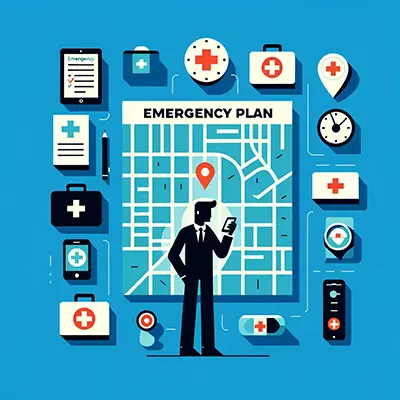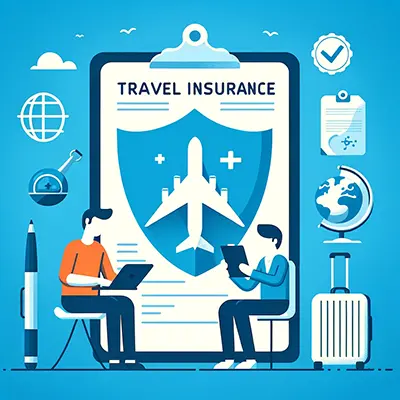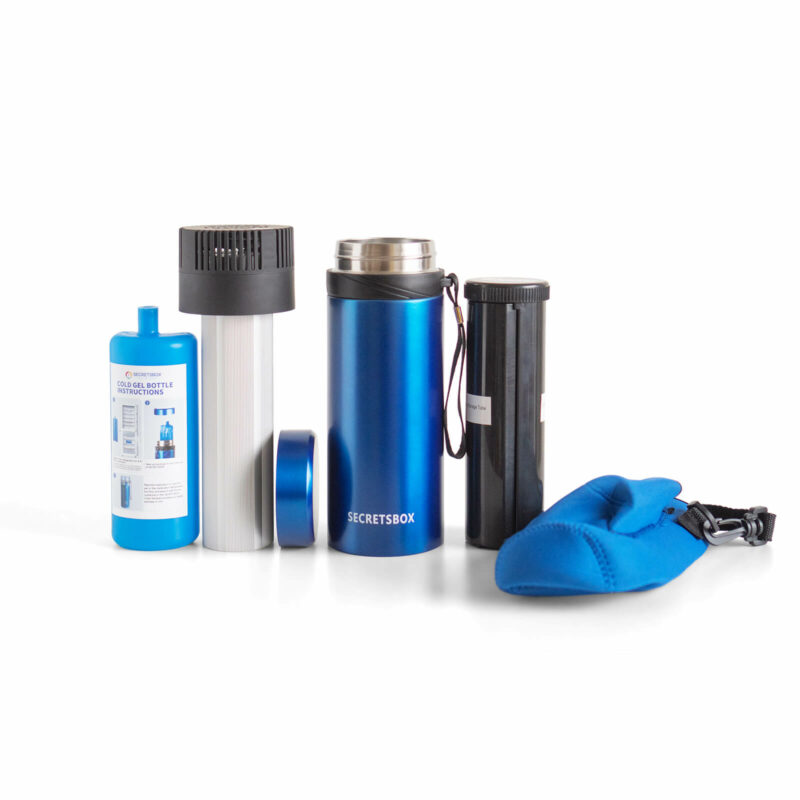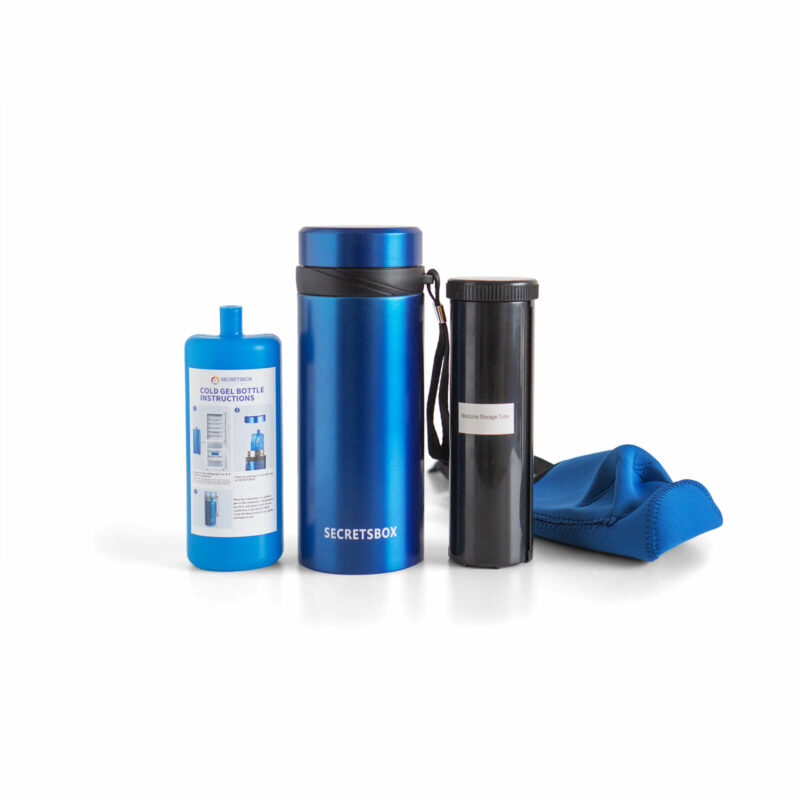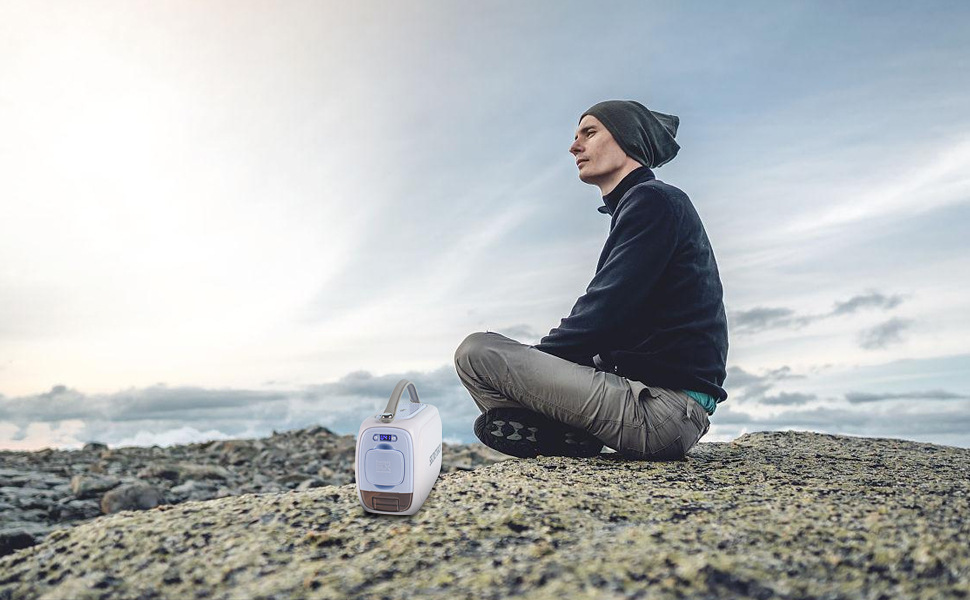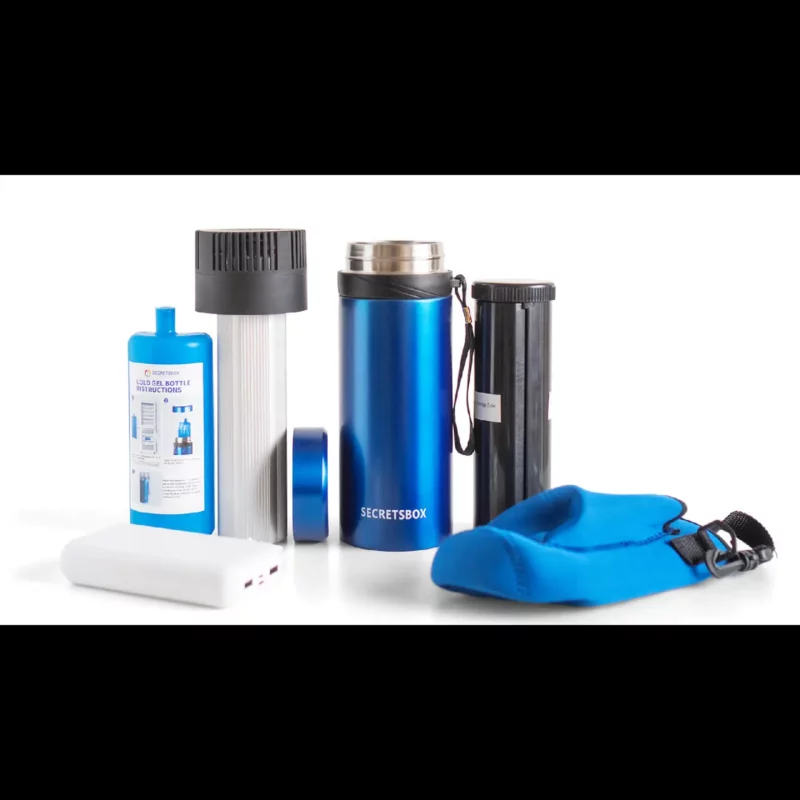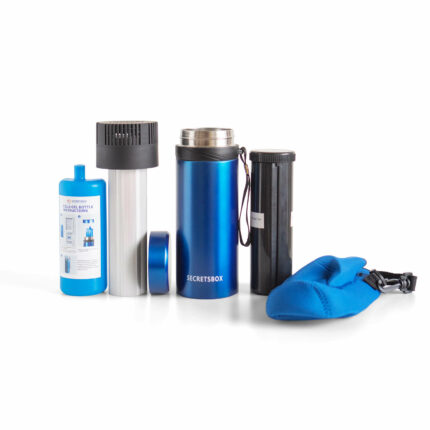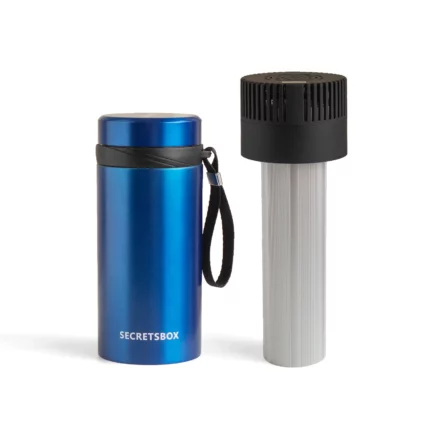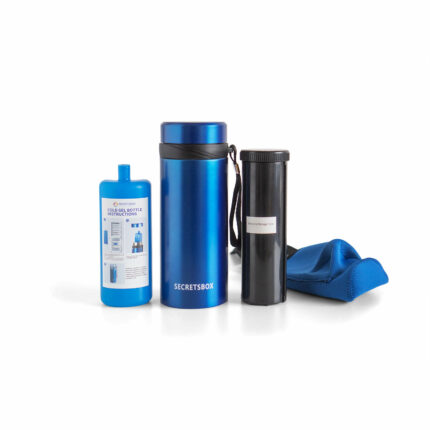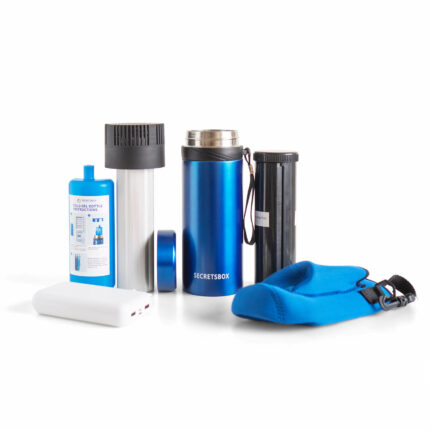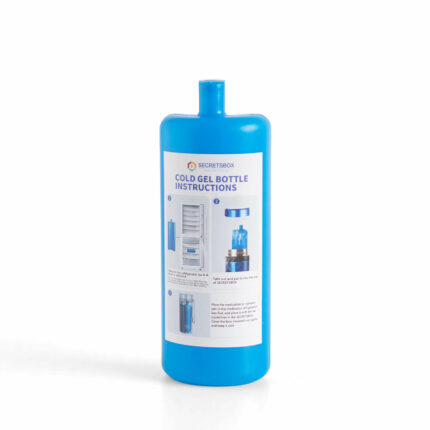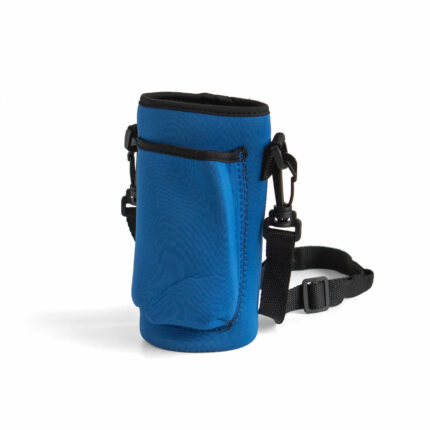This is a complete guide to traveling with insulin for diabetics. Traveling with insulin requires careful planning and consideration to manage diabetes effectively while on the road or in the air. Here are key guidelines to help you travel safely and comfortably:
- How to travel with insulin that needs to be refrigerated
- how to keep insulin cold while traveling
- How to pack your insulin medication and supplies
- And much more
Let's get started.
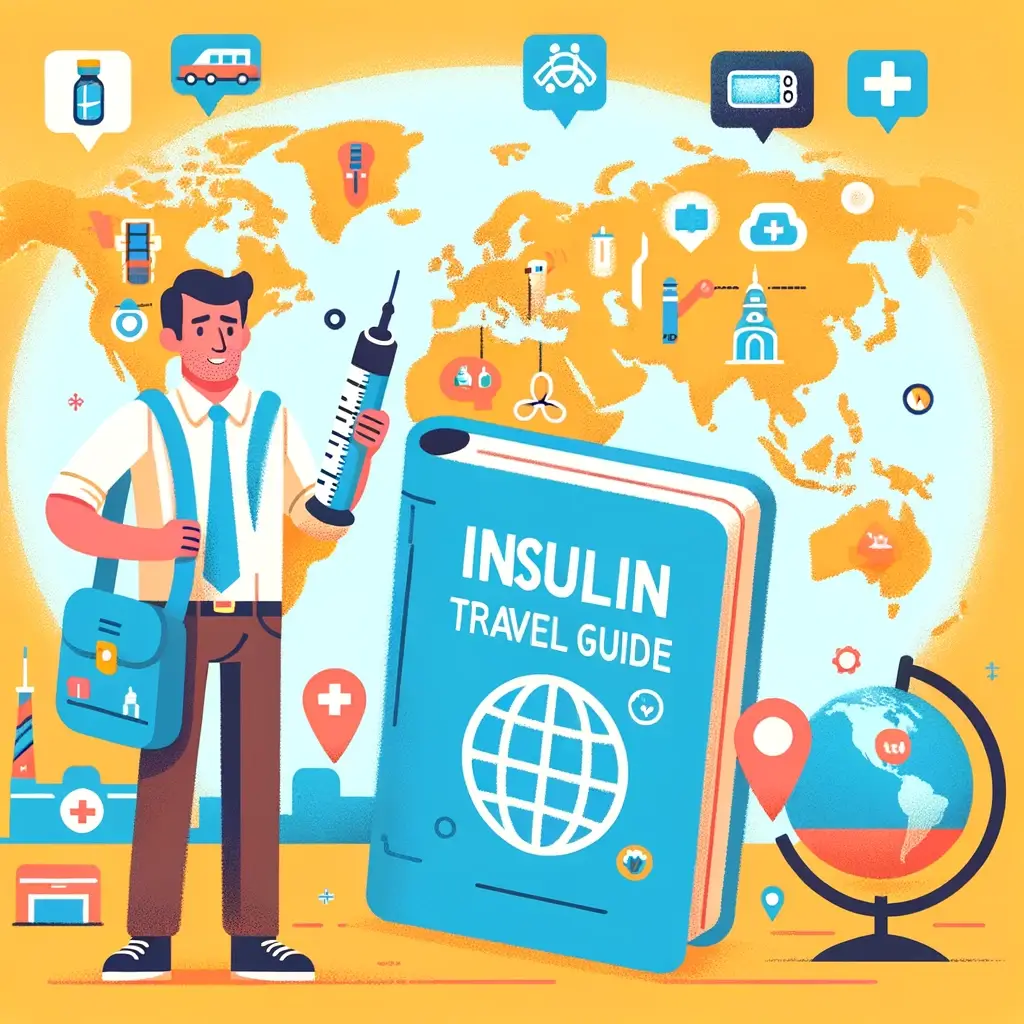
Contents
Chapter 1
Chapter 2
Chapter 3
Chapter 1
Consult Your Doctor
- Before planning a trip, discuss your travel plans with your healthcare provider. They may adjust your medication or provide specific advice based on your itinerary.
- Obtain a letter from your doctor explaining your condition and the necessity of carrying insulin and related supplies. This can be helpful for security checks.
Chapter 2
Prescription Copies and Medical ID
- Carry copies of your prescriptions and a medical ID that states you have diabetes and use insulin. This is vital in case of emergencies or if you need to get supplies while traveling.
Chapter 3
Packing Insulin and Supplie
- Pack more insulin and supplies than you think you’ll need, ideally twice as much, to cover for any unforeseen circumstances.
- Keep insulin cool but not frozen. Use insulated cooler bags with gel packs. Avoid direct contact of insulin with ice or gel packs to prevent freezing.
- Carry insulin and all diabetes supplies in your carry-on luggage to avoid extreme temperatures in checked baggage and potential loss.
- Both this ultimate journeysafe cooler suite and the portable traveler insulin case keep the insulin cold, the difference is how long it stays cold.
- How do I store insulin and insulin pump in an emergency
Chapter 4
Airport Security
- Notify the security officer that you have diabetes and are carrying medical supplies.
- Can I take insulin through TSA? Yes, you are allowed to carry insulin and glucose monitors on the airplane and you need to inform the TSA at the same time. here is the TSA's policy.
Chapter 5
During the Flight
- Store your insulin in an easily accessible place.
- Monitor your blood sugar more frequently, as changes in activity and time zones can affect your glucose levels.
- Stay hydrated and avoid excessive alcohol and caffeine.
Chapter 6
Adjusting to Time Zones
- For significant time zone changes, consult with your healthcare provider on how to adjust your medication schedule.
- A general rule for insulin is to adjust the timing of your basal (long-acting) insulin for changes in time zones.
Chapter 7
Diet and Physical Activity
- Try to maintain your regular diet as much as possible.
- Be aware of how increased physical activity, like sightseeing, can affect your blood sugar levels.
Chapter 8
Emergency Plan
- Know the generic names of your medications.
- Carry a list of emergency contacts, including a contact back home and a local contact in your destination.
- Learn key phrases in the local language related to diabetes and medical emergencies.
Chapter 9
Travel Insurance
- Ensure that your travel insurance covers pre-existing conditions like diabetes and provides adequate coverage for medical treatment abroad.
Chapter 10
Local Resources
- Research hospitals or clinics near where you'll be staying, just in case.
- Know where you can purchase additional supplies if needed.
Remember, every individual’s diabetes management can be different. It’s essential to tailor these tips to your specific needs and always have a backup plan. Safe travels!
Essentials You May Need
Ultimate JourneySafe Cooler Suite | Big Size | 3-yr Warranty
Rated 5.00 out of 5
(207)
Portable Traveler Insulin Cooler Suite | Big Size | 3-yr Warranty
Rated 5.00 out of 5
(53)

